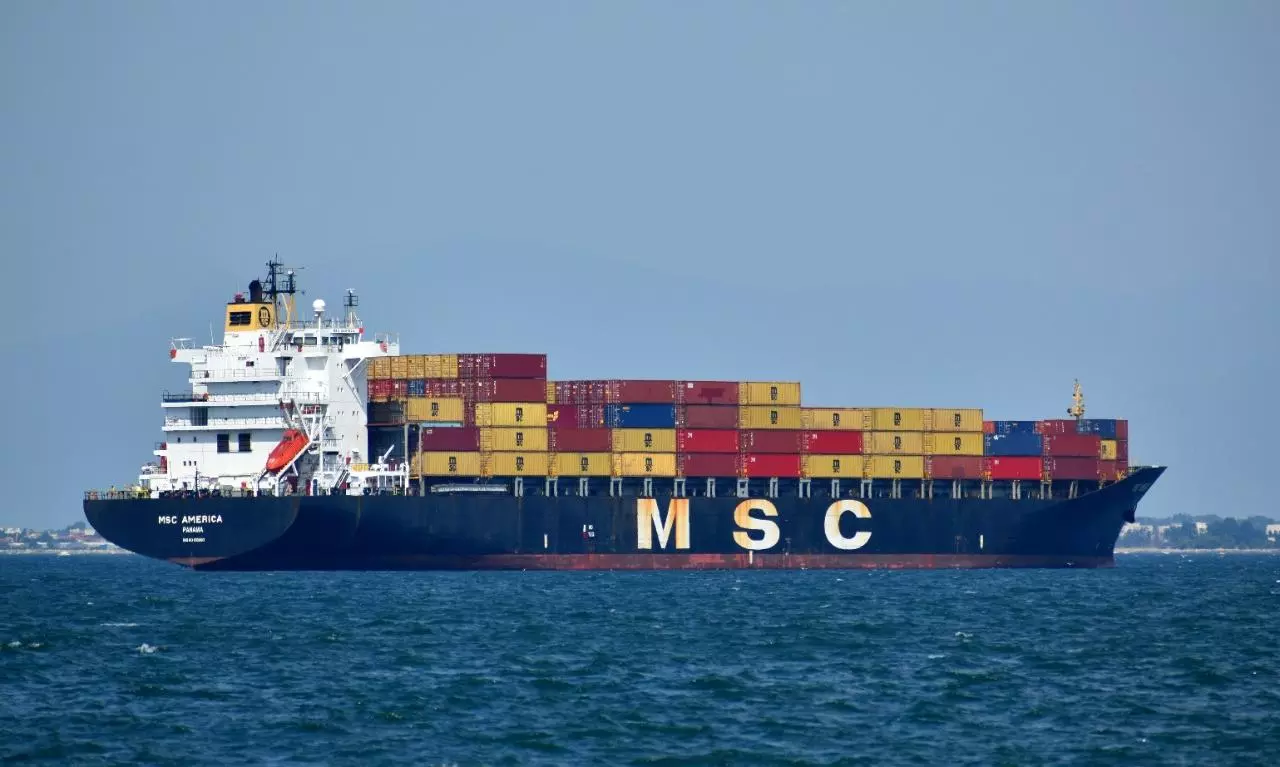Container ship orderbook hits 6.5mn TEU, 1st time since 2008
Demolition and sailing speed are also very likely headed for substantial changes: BIMCO

Container ship orderbook is now 26 percent of the fleet size for the first time since 2014, and, combined with year-to-date (YTD) 2022 deliveries, 6.2 million TEU are now scheduled to be delivered during 2022-2024.
"In addition to the newbuilding deliveries, we must expect that congestion problems around the world will eventually begin to ease," says Niels Rasmussen, Chief Shipping Analyst, BIMCO. "This could release as much as 2 million TEU effective supply on top of newbuilding deliveries, and the total additional supply appears to be on target to exceed 8 million TEU between early 2022 and early 2025, representing 33 percent of the current fleet size in just three years."
The container ship orderbook hit a post-financial crisis low just below 2 million TEU in October 2020. "In the eighteen months since then, liner operators have seen record profits and a large percentage of these have been poured into new building contracts. In just eighteen months, 6 million TEU of new building contracts have been added to the container ship orderbook," says Rasmussen. "This has taken the orderbook past 6.5 million TEU for the first time since late 2008."
Demolition and sailing speed are also very likely headed for substantial changes, BIMCO said in its update. "A share of the fleet will not be able to comply with Energy Efficiency eXisting ship Index (EEXI) targets without retrofits or introduction of Engine Power Limitation (EPL). Some vessels may, however, have no good path to compliance while remaining commercially attractive and will be demolished.The vessels that do achieve EEXI compliance will also be faced with CII introduction on January 1, 2023 as well as shipping's likely inclusion in the EU's Emission Trading Scheme (ETS). This will add further pressure on reducing GHG emissions and some vessels may simply be considered uneconomical to keep in operation."
Rasmussen added: "Most owners probably already have plans in place for their individual vessels. However, accurately estimating the impact of EEXI, CII, and ETS on the entire fleet is extremely difficult.
"All that seems certain is that we will see more vessels demolished and others reducing speed. Because of the reduced speed, liner operators may have to add an additional vessel to several services. Still, unless demand surprises on the upside it appears unlikely that all the capacity being delivered and released from congestion can be absorbed without damaging the supply/demand balance in the coming years."
Drewry Container Index declines
Drewry's composite World Container Index (WCI) declined 1.4 percent to $8,041.50/FEU this week but it was 64 percent higher compared to the same period last year.
"The average composite index of the WCI, assessed by Drewry for year-to-date, is $9,116/FEU, which is $5,908 higher than the five-year average of $3,208 per 40ft container."
While freight rates on Shanghai–Los Angeles dropped 3 percent, Shanghai–New York rates fell 2 percent.
Drewry expects spot rates to remain stable in the coming week.
As many as 75 percent of Xeneta customers said the recent sanctions in Russia have impacted their supply chains, and the extended lockdown in Shanghai has left ports severely disrupted due to strengthened restrictions.
"A massive capacity shift to the U.S. East Coast has caused major congestion in this area – which is only getting worse with carriers continuing to add vessels and services," Xeneta said in its latest update.
Xeneta feels the capacity demands are not expected to ease until 2023. "There might even be lower delivered capacity in Q2/Q3 2022 than we saw in Q1 (which was already low at 200k TEU)."


